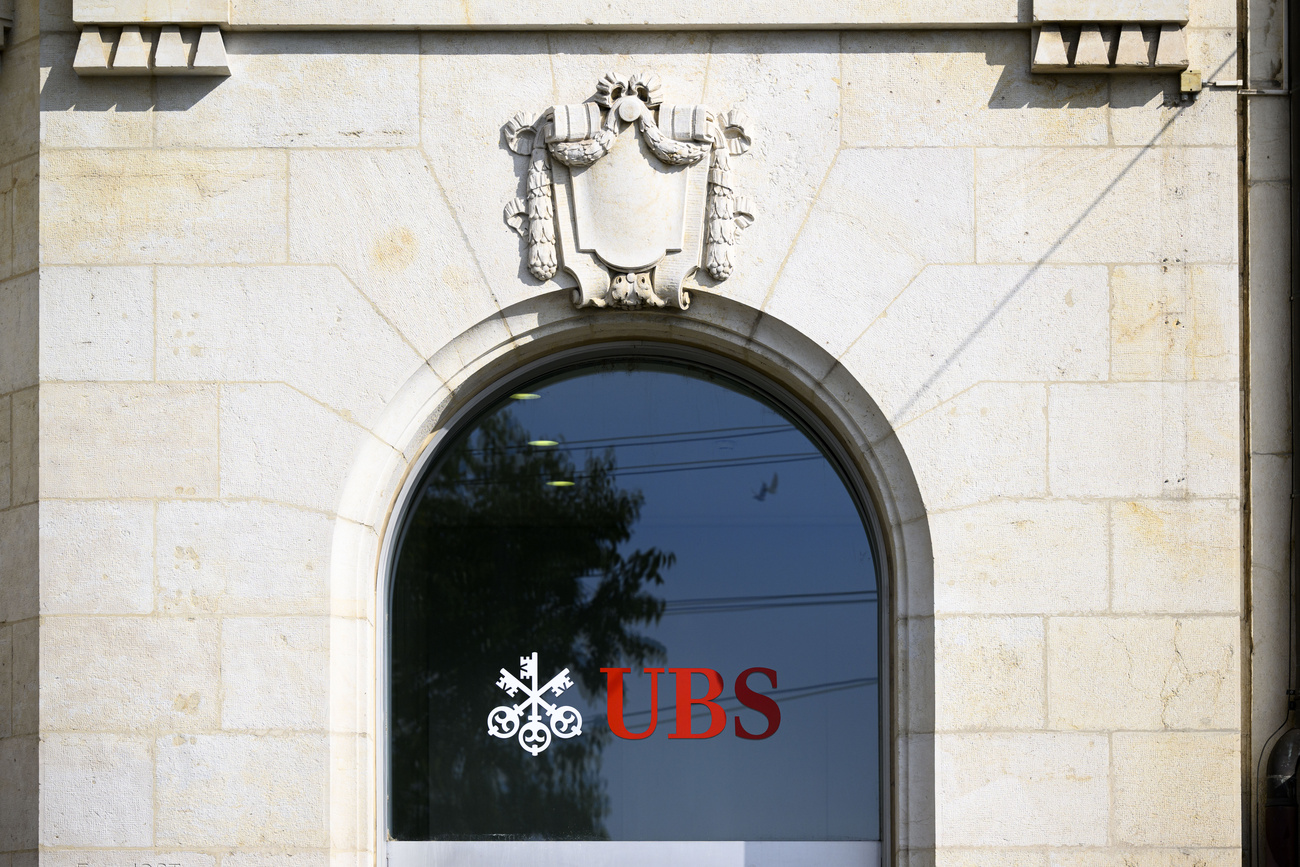
Timbuktu to Marrakesh or bust

The legendary salt caravan route from Timbuktu to Marrakesh had long been consigned to the history books by the time Swiss explorer Andrea Vogel decided to cross it.
Centuries ago caravans with thousands of camels used to travel along this important trans-Saharan trade route, but new national borders and the advent of the truck have left it defunct.
An adventurer by nature, Vogel walked the 3,000km distance in 2008, becoming the first European in 150 years to traverse the route.
His goal on the 71-day trip was to show the basic human connections between Europe and Africa. It was also a chance for Vogel – a photographer – to test his personal limits and to record the unfolding scenery and local lifestyles.
The trip, a resulting lecture tour and book, “Uferlos” (Without Boundaries) – collectively named Orion Tour – gained the patronage of the Swiss Commission of Unesco for its aim of linking the two African cities – both World Heritage Sites – and the way it built a metaphorical bridge connecting north Africa, Maghreb traditions and Europe.
The tour was also awarded the annual prize by the arts and cultural commission in Vogel’s hometown of Horw for his work as an ambassador of “tolerance and peaceful coexistence on the planet”.
The final phase of the Orion Tour is now coming to a close, with a weary Vogel wrapping up an 80-date circuit around Switzerland giving talks about the trip – his photographs, film footage and stories punctuated by live music sung in Swiss German dialect.
The entire endeavour has worn down an already-thin Vogel. “My aim in life is to have new experiences and to go further than I first think I can. And to grow,” he says by way of explanation, ahead of a talk in the town of Buchs in northern Switzerland.
Although drained, his energy returns when he takes to the stage to tell his two and a half hour tale, his voice animated and full of passion.
Presidential go-ahead
The Orion Tour – named after the constellation that comforted him on the Saharan desert nights – suffered a false start in 2006, when things went wrong and he returned home depressed. The follow-up in 2008 took two years to organise. The trip retraced one of the last caravan routes of the trans-Saharan trade era, since carved up by the national borders of Mali, Algeria and Morocco.
At one time caravans traversed the route carrying gold and salt and returning with manufactured goods. Now trucks on unpaved roads have largely replaced the camels.
The last known Europeans to make the journey include French explorer René Caillie and German-Austrian geologist Oscar Lenz, who led the first trans-Sahara expedition from Morocco to Senegal.
This time around, Vogel required special permission from the president of Algeria to follow the route through his country. His endorsement from Unesco and Swiss ministers Micheline Calmy-Rey and Samuel Schmid helped open doors when he encountered problems, he admits.
Vogel first joined a caravan travelling the 800km from Timbuktu to Taoudenni in northern Mali, where people still excavate 50kg salt tablets from dried up river beds and bring them back through the desert on camels. He then moved on to Tabelbala, an oasis in southwestern Algeria, and joined a final small caravan going to Morocco.
He walked the entire way, up to 50km a day, his camel laden with a camera, video camera, satellite navigation system, satellite phone and solar panels.
“Within days he had a blister across his whole foot, but he had to keep going further and further,” his wife Beatrice Keck recalls. “He phoned me one night and said he could not remove his shoes because the blood was sticking. He had to put hot water in to remove his shoes.”
Another major problem was rationing his water and attempting to survive off the bare minimum, making it hard to speak.
“Do the impossible”
“I had thousands of reasons to give up but I never considered it,” he said. He was bolstered by the way in which his mind became freer and his thinking more profound in the endless desert and away from material concerns.
“I was really surprised and impressed how this unknown stillness, this unknown vastness gave me something new. I could suddenly think thoughts I could never think in Europe where I am always being disturbed.”
His aim in giving talks on the trip is in part to recover some of the money spent, mostly his own, but also to encourage others to “do the impossible” in their lives.
“I hope to transmit courage to go further than you think you are able to go, to be more tolerant and open to other people, other cultures and other ways of living. That other way of living can also be my way of living, instead of going into an office,” he says.
Nothingness
Vogel’s wife notes that the talks have attracted thinkers and intellectuals rather than the “usual globetrotters”.
“We are very happy to be partners in this,” Madeleine Viviani, general secretary of the Swiss Commission of Unesco told swissinfo. “We do not systematically support sporting endeavours. It is less the sport aspect here that interests us than the link between two heritage sites, between cultures.”
“The conference tour and the book illustrate the richness of these countries, the values these people have and their ways of life. I found it fascinating how he presented it. It was brought to life.”
At the end of each show Vogel tries to impart a little of his newfound clarity of thought with audiences by plunging the room into darkness and reading from his book’s epilogue.
“A nothing-day, in which your body glides through the desert and your spirit barely thinks, there are no demands. From nothing, your presence fills with substance,” he muses.
“Walk, walk and walk some more. Perhaps more will happen on this walk than I am conscious of at this moment. After the flood of full thoughts that I brought with me from Europe, I somehow feel a little pride. Pride to have been able to experience a nothing-day.”
swissinfo, Jessica Dacey in Buchs
The project aimed to show that Europe and Africa are humanly and culturally connected “like never before”. Unesco describes the north-south route as the most important gold and salt caravan route from sub-Saharan Africa to Europe.
Andreas Vogel says desert travel is one of the most intense travel experiences, with a delicate balance between life and survival, coupled with immense solitude away from civilization and support. Mines and rebels travelling through the Sahara make it an unpredictable adventure.
By travelling the former caravan route the tour also aimed to illustrate difficult living conditions for people living in the Sahara. The tour crossed the western Sahara where there is a single settlement in winter: Taoudenni who mine salt from ancient dry lake beds using axes. There, the daytime temperatures are 32 degrees centigrade in winter. Available water is salty and hard to digest although temperatures require a fluid intake of 5-10 litres per day. Salt workers graft from 5am to 6pm for a daily wage of around SFr10.
The trip took place from February 2 to April 12, 2008. Accompanying Vogel on the tour were Touareg brothers Abdou Mini, 45, a regular guide in the desert, and Youba Ould Mohamed, aged 30, who was in charge of the tour’s ten camels.
As nomads from the region, they used the stars, land formations and the orientation of the sand dunes to guide them along the route.
Andrea Vogel was born in Grüsch in 1958 and grew up in canton Graubünden.
He led several expeditions between 1985 and 1991 to the three highest peaks in Africa, Russia and Tajikistan’s highest mountain Ismoil Somoni (7,500m) and Cho-Oyu (8,201m) in the Himalayas.
In the Andes he made the first ascent of the north wall of the Quitaraju peak and the first solo ascent of Alpamayo in Peru.
In 1992 Vogel’s Tour-Switzerland broke more records. He described it as “the hardest trip of my life”.
In 1997, another project on his home turf, “Mount Everest in Switzerland”, involved the ascent of six summits – equalling 17,000 metres – in 24 hours. Both Swiss endeavours are included in the Guinness Book of World Records.

In compliance with the JTI standards
More: SWI swissinfo.ch certified by the Journalism Trust Initiative










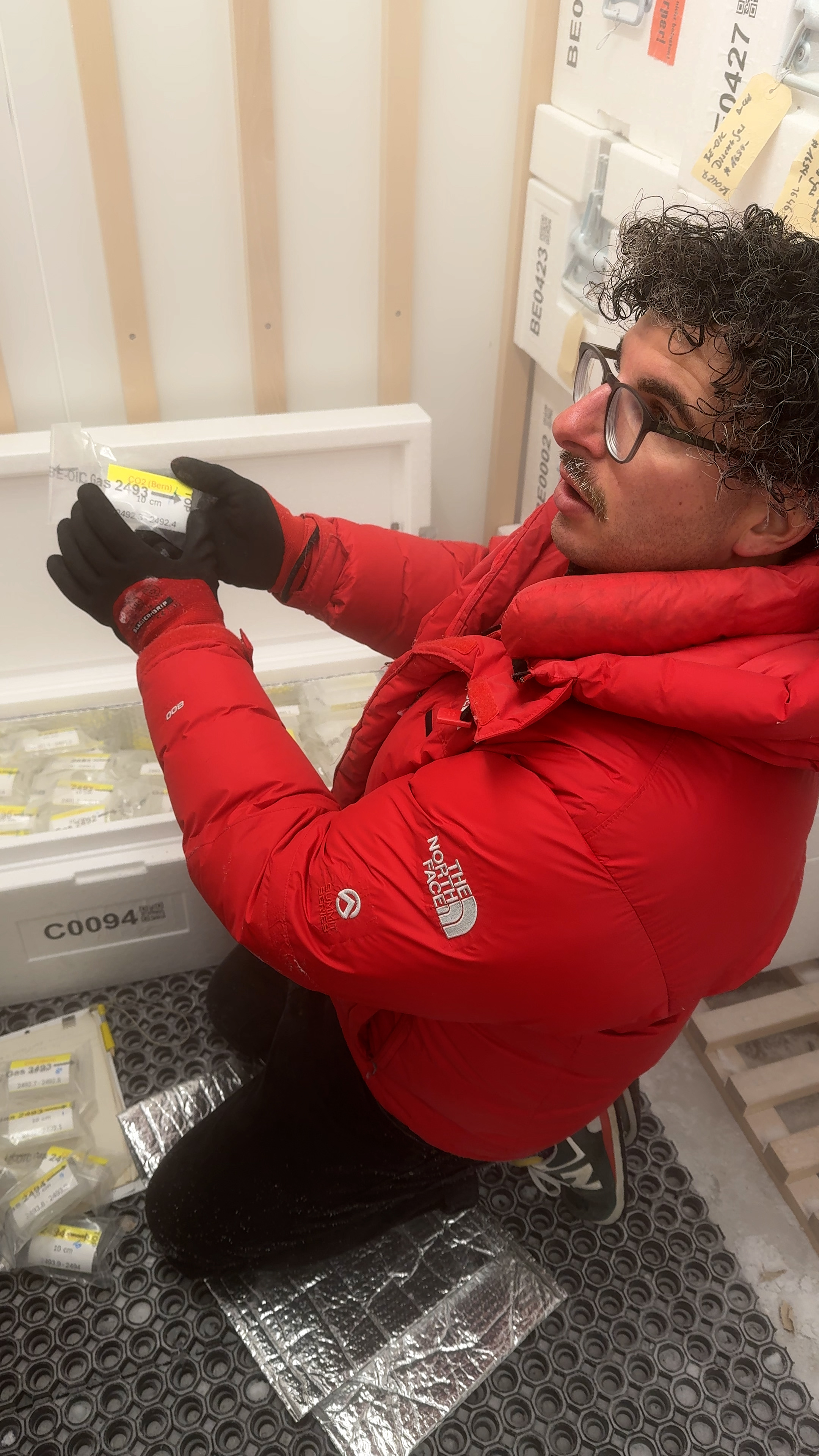









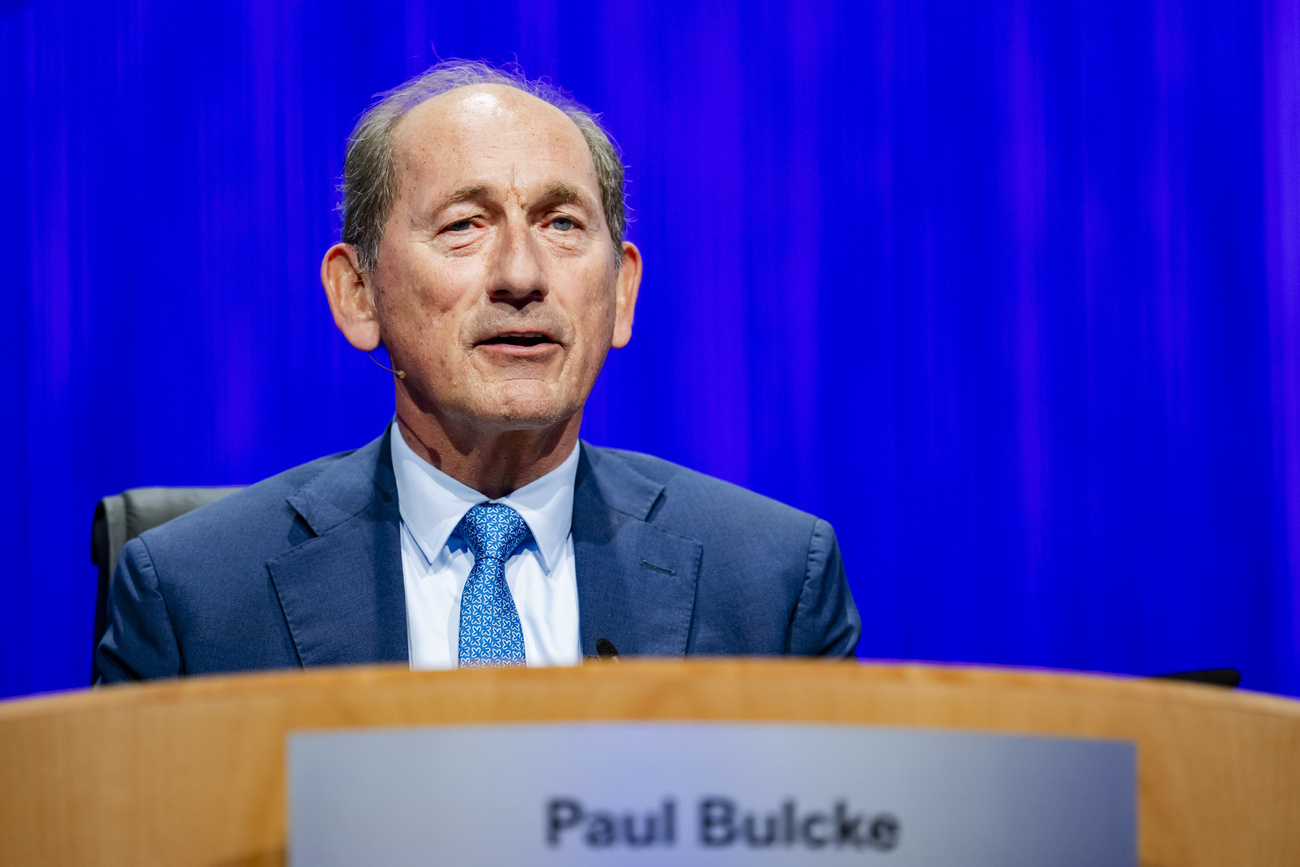





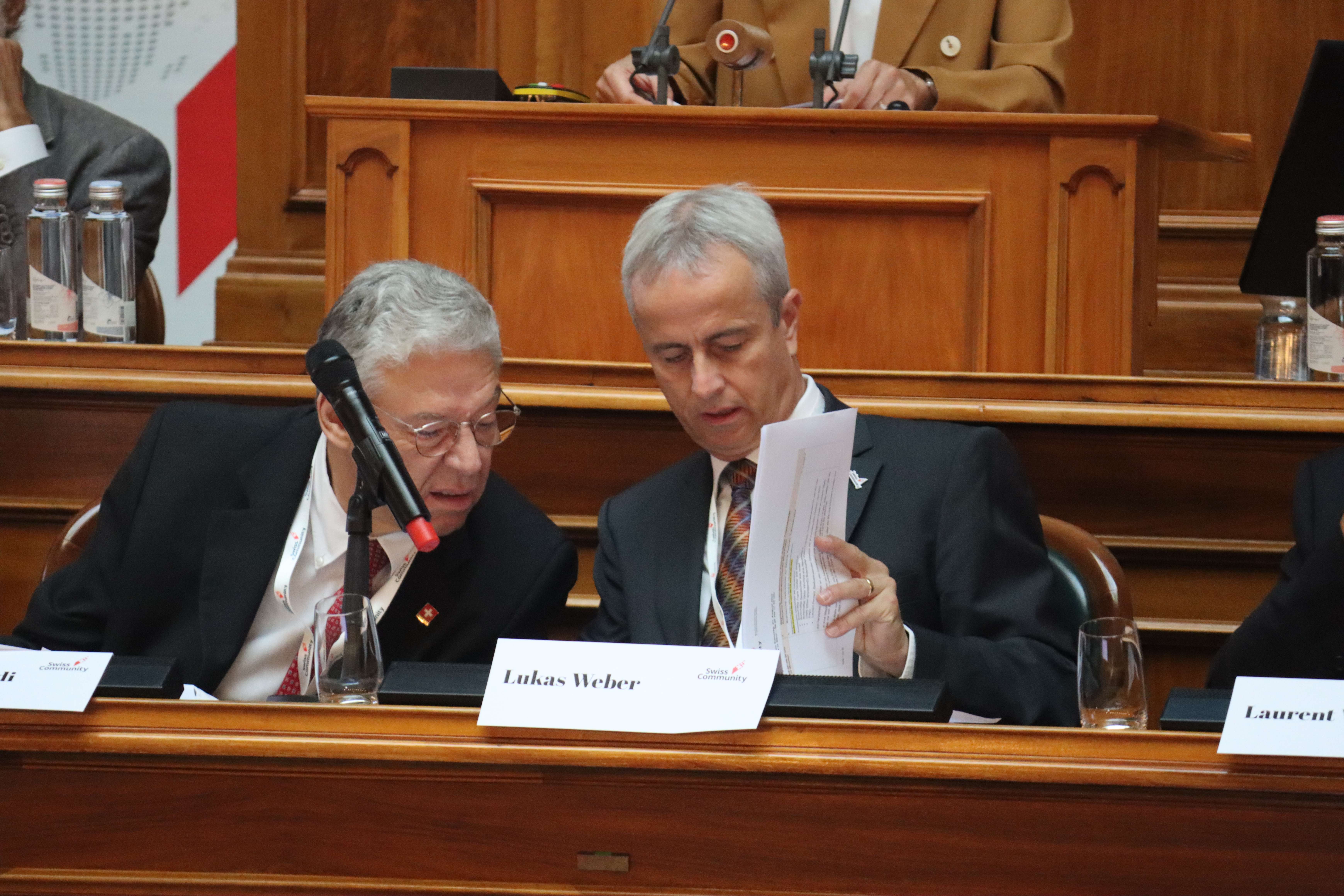






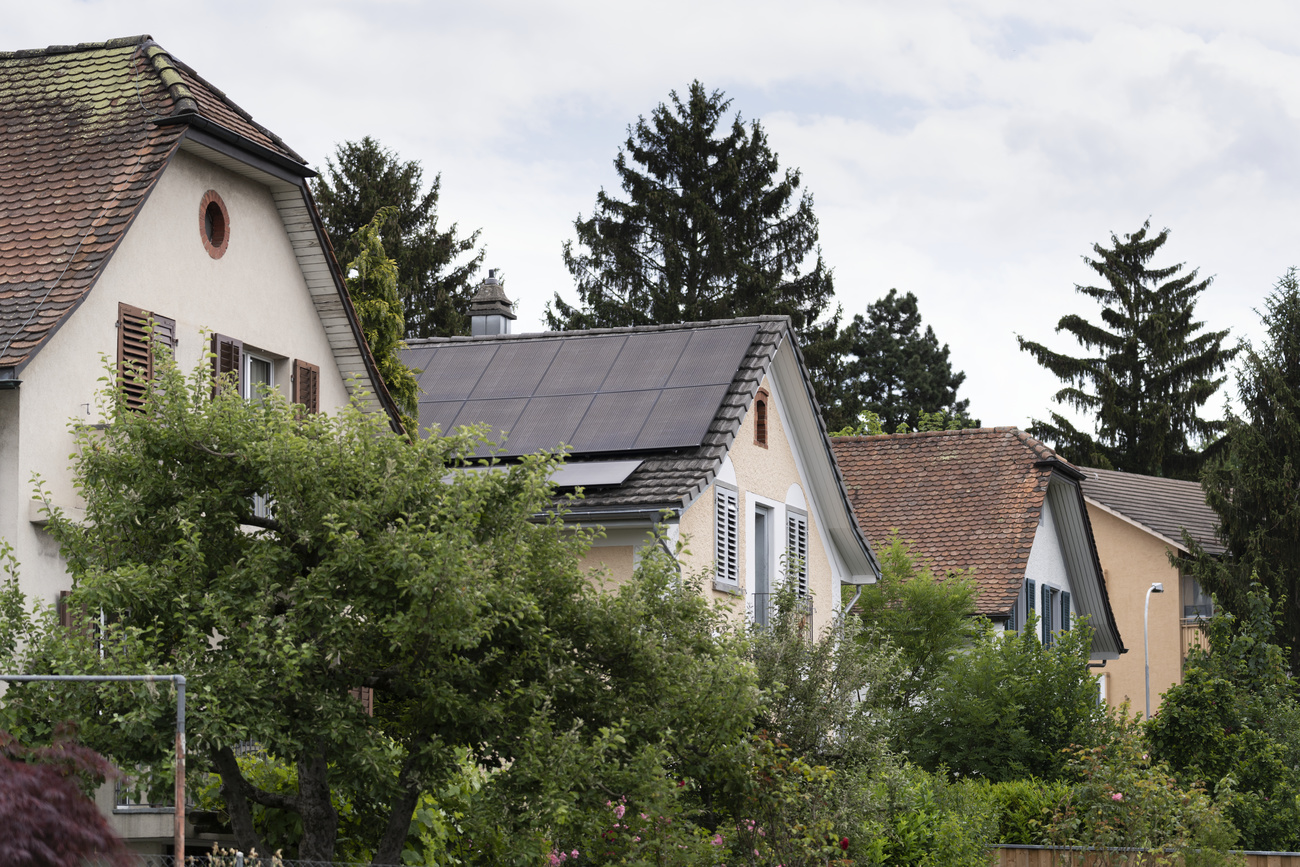



You can find an overview of ongoing debates with our journalists here . Please join us!
If you want to start a conversation about a topic raised in this article or want to report factual errors, email us at english@swissinfo.ch.